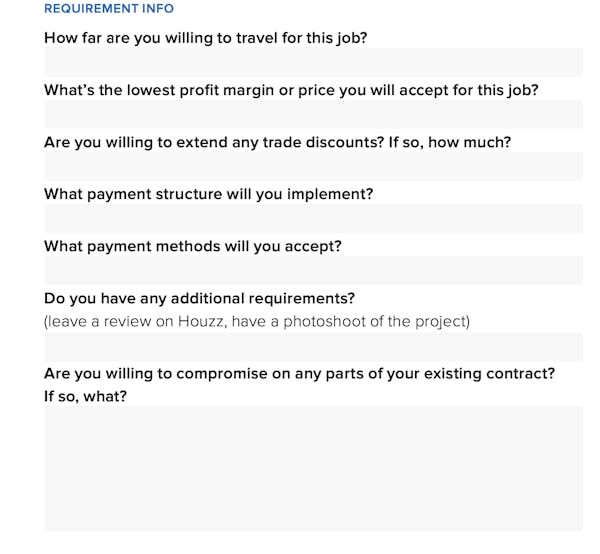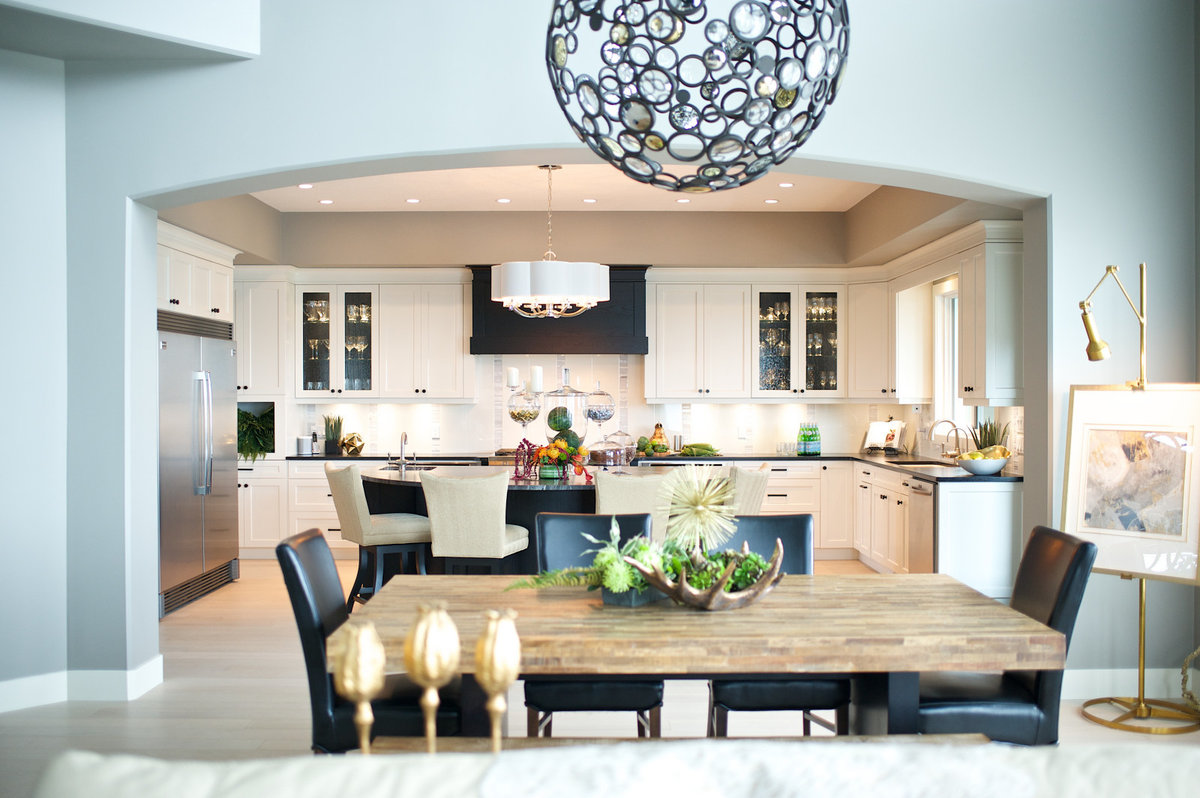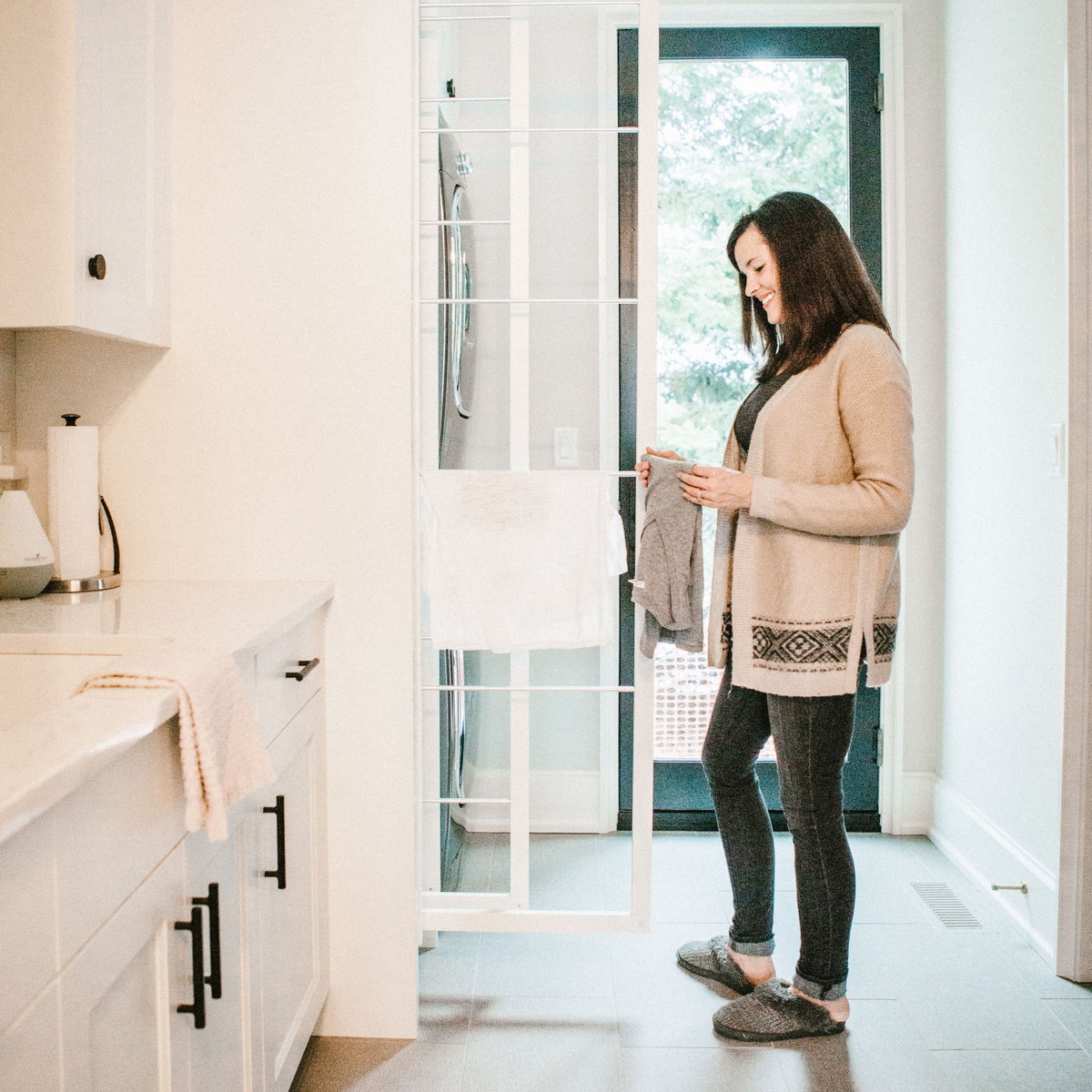Win Better Contracts With These Negotiation Techniques
Yes, you can make everyone happy.

Contract negotiation may sound intimidating, but with a little knowledge and a willingness to practice, it can be a powerful tool for you and your business. A good negotiation results not in a winner and a loser, but instead in two parties who are both happy.
At the end of the day, getting a contract signed involves reaching a shared understanding between your business and the client. Are you prepared to handle their requests and find a win-win situation for both parties?
We’ve worked with author and business coach Shawn Doyle to outline common contract negotiation scenarios and highlight how Houzz pros handle them.
Win Better Contracts With These Insider Negotiation Techniques
1. Do Your Homework
As they say: Information is power. Doing a little background research on your potential client can make you a more effective negotiator. Coming unprepared will almost certainly put you at a disadvantage.
Knowing data points like the home’s value, the client’s income, or general household income in an area can help inform the way you negotiate when it comes to pricing. For example, if the client wants to renovate a kitchen, and you know that your past clients spent between 5-15% of their home’s value on their kitchen renovation, you can use the home’s value to come up with a rough budget and present that to the client.
To go one step further, if you know what the clients do for a living, you could look up the average salary for that profession for more specific data, or the pay range for their company. If they work for a government entity, their salary may be public information. While averages are not guarantees, and you won’t know the client’s entire financial situation, these factors can help you predict what is in financial reach for your client.
“I do research prior to the client meeting. I print the floor plan if possible and look up the home value, square footage, and interiors if there are pictures of a recent sale. I do this research during the initial phone call once they give me the address. Most of the time, clients appreciate that I come to the interview with such information.”
Maite Granda, Interiors by Maite Granda

2. Understand Common Client Tactics
Potential clients can use a variety of tactics to try and knock you off your game or shift the balance of power in their favor.
“Shrewd negotiators have studied negotiation tactics,” certified public speaker and business coach Shawn Doyle says. “If you don’t know what they are, then you lose. You need to study them so when someone uses a tactic in a negotiation you’re not taken off guard and you have a counter tactic ready.”
Here are a few contract negotiation tactics you may already have experienced with a prospective client:
The Flinch: The professional shares an estimated cost and the client responds by recoiling and saying, “That’s more than I was expecting,” in an effort to get the pro to lower the price.
How to counter: Say, “I know you’ll find the proposed price is in line with the current market.”
The Lowball: The client offers a number they know is too low to get the pro to come down in price. It seems like both are compromising when they meet in the middle but really, the client wins.
How to counter: Say, “we both know that is not a reasonable offer,” then take some time to educate the prospective client on all the costs and breadth of work behind that justifies the price of your services.
The Competitive Offer: The client says they have heard a lower number from a competitor, so the pro has to come down in price to get the job.
How to counter: Say, “I’m really glad you’re doing that research because I know you will feel comfortable with what you get when you choose us.”
3. Listen First
To sign a contract, your potential client needs to feel confident that hiring you will achieve their desired outcome. If you identify what the client wants and needs before pitching your services, you will face fewer objections because you’re selling the solution, rather than unintentionally proposing something the client doesn’t want.
During the first meeting, get the client to communicate their needs and priorities by asking open-ended questions such as:
- What would be your perfect solution?
- What do you like about your current space?
- What do you dislike?
- What would you change if you could?
“One of my past clients had been through six designers so I got to the heart of why they had gone through so many previous designers. The problem wasn't with a crazy client, it was that her entire family wanted their voices heard throughout the design process, thus making it impossible for the previous designers to make any progress. By listening to what the client was saying I was able to negotiate better terms for the family’s input at critical points with the decisions—thus allowing the project to move forward.”
Marie Hebson, Marie Hebsons’s interiorsBYDESIGN Inc.
4. Be Aware of Your Surroundings
It may sound silly, but where you sit in relation to your client can make a difference. Sitting across the table from a potential customer can seem more confrontational and less collaborative than sitting next to them. Understanding this relationship between people and space will allow you to make a comfortable environment when meeting with a potential client.
“Rarely is our first meeting with the client not in their home, on their turf with both spouses present. When meeting someone for the first time in person, we make clients comfortable by putting a smile on our face and exuding confidence. Good eye contact is very important as is a firm handshake. We are in the moment with our prospective client and pay attention to what they are saying. Our contract signing process doesn’t happen in one meeting. By the time we get to signing a contract, we have spent many hours with our clients.”
Lucy Katz, Katz Builders

5. Know Your Goal
Decide what you want from the negotiation before you begin and have an objective to work toward, so you know when the contract terms are beyond what you’re willing to do. Plan the minimum price you’re willing to accept to take on the project and any concessions you’re willing to make to your contract to get the project signed.
We have a worksheet to help you!

6. Offer Creative Solutions
The saying goes for customers: if you don’t ask, you don’t get—but pros can use this too. If you’re an expert at what you do there’s nothing wrong with charging your full fee, even when a client tries to talk down the price. There are creative ways for everyone to win, even when all of the demands are on the table. Whether it’s reducing the scope, doing the project in phases, or sourcing some more budget-friendly products and materials, use your arsenal of prior experience to counter when a client’s wishlist exceeds their budget.
“After 25 years of experience, I no longer negotiate my fee. I will however help my clients find ways to save money if possible by choosing different products, changing scope, doing a job in phases. I think offering solutions is a way to keep your foot in the door without giving up any financial ground.”
Jason Jones, Ingrained Woodworking
7. Provide Options
Giving your client only one option opens the door for rejection of the whole proposal if it doesn’t meet their needs. By offering multiple options, such as tiered service packages or various pricing options, clients will be more likely to find the scope or level of service that’s right for them and in turn will be happier with the final contract.
Business experts suggest three tiers: a ‘good’ package, a ‘better’ package, or the ‘best’ package, with the ‘best’ package at the highest price but also providing the most value because it is full-service. By providing options, it can allow customers to upsell themselves as they may gravitate to the higher packages to get a better value.
“When I first started designing, I charged hourly, and clients were hesitant to sign because they didn’t know how much it would cost. So, I created some packages based on previous scopes of work from other clients, such as a color consult, materials selection, space planning, up to a whole house renovation. Now I close the sale 90% of the time and use the packages to counter when clients want to negotiate the price. These options are easier to navigate for clients who are working with a designer for the first time.”
Joanna Ianni, Joanna Ianni Designs
8. Put Yourself In the Driver’s Seat
Homeowners on Houzz spend, on average, more than six months planning their projects and researching designs and professionals to hire. By the time they’re ready to hire, they’ve often already looked through a pro’s reviews and project photos and feel confident about moving forward.
With Houzz Pro, our all-in-one business growth and management solution, you’ll get enhanced exposure in front of those homeowners on Houzz so they can discover your work and get to know you before making the call. You’ll also receive tools to track and respond to leads, project management tools like our estimate builder and project planner, and a client success manager to assist in maintaining your web presence.

Want advice delivered to your inbox?
Unlock industry insights and updates for contractors and design pros
By signing up, I agree to the Houzz Terms of Use and Privacy Policy and that Houzz may use my information to contact me about relevant content, products, and services.













